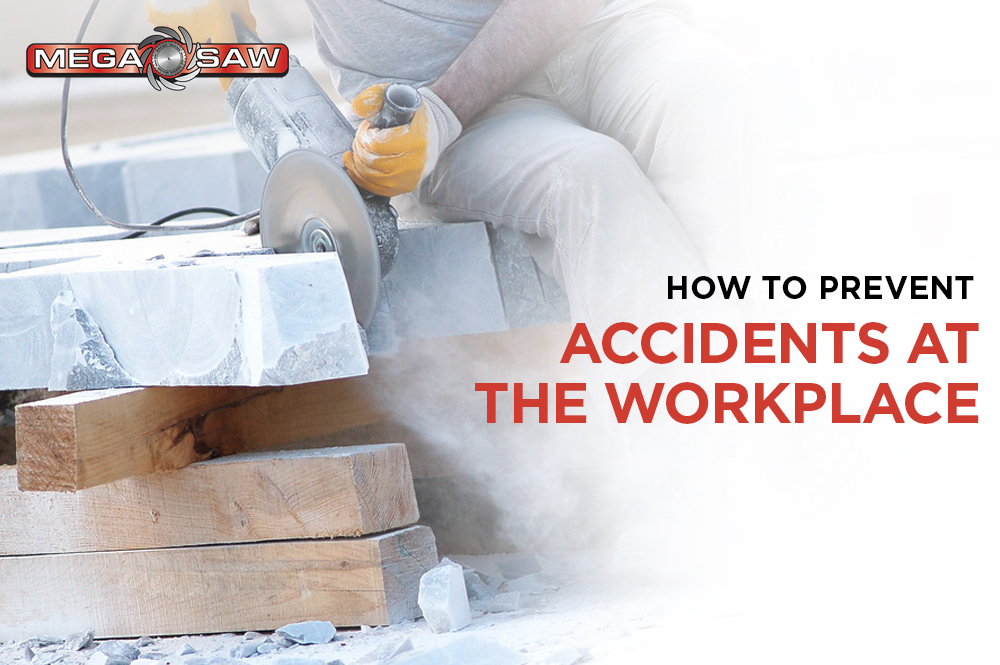
Workplace accidents have admittedly been far too common. Millions of workers are severely injured on the job each year and end up getting into medical care.
Given this, there’s no better time for both employers and employees to take responsibility for safety at the workplace, especially in the field of construction where most accidents occur.
Employers and managers are required to ensure the safety and protection of employees from work related accidents.
Fortunately, most workplace accidents result from some sort of carelessness or ignorance, thus can be completely prevented.With this in mind, here are ten guidelines that can help both employers and employees create a safe working environment and reduce work related accidents.
-
Avoid shortcuts
Most industrial jobs have pre-set procedures. But people sometimes take shortcuts to finish things on schedule specially if the deadlines are tight and things need to be constructed immediately
Accidents usually happen when people want to finish the job ahead of time. But this rush increases the risk for accidents to take place.
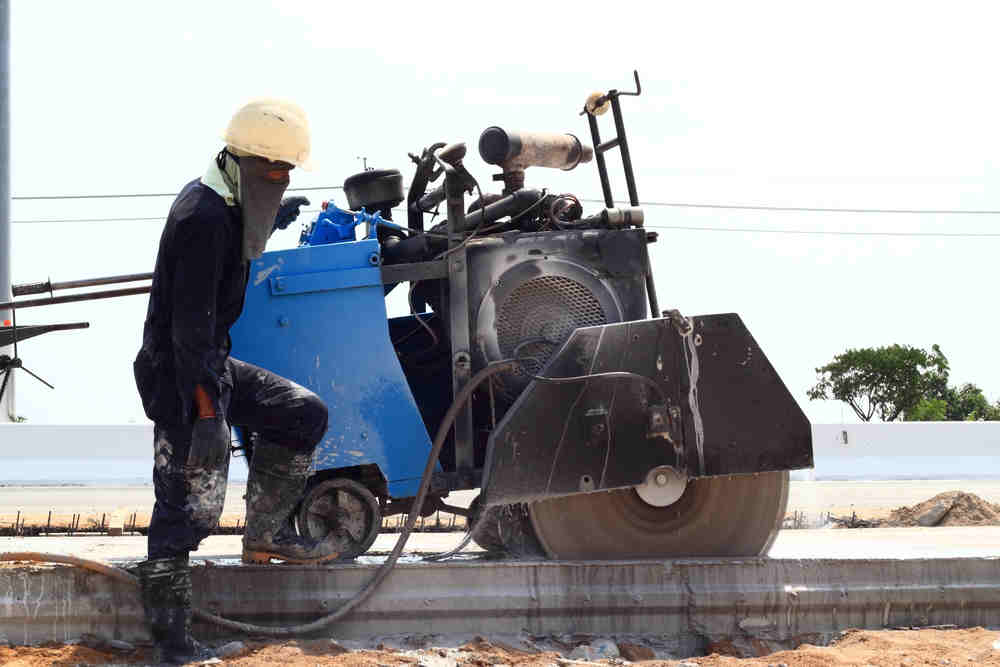
That’s why it’s not advisable to take shortcuts. Instructions are designed to get a job done properly and ensure that accidents are less likely to happen. For workers in the field of construction, it’s always better to adhere to the procedures no matter how long each project may take.
-
Make PPE a top priority
Personal Protective Equipment, or PPE, is highly essential in preventing injury. Thus, employers should always ensure that workers are given proper safety gear that includes:
-
Spectacles and face protection to safeguard against flying particles, dust from concrete cutting and caustic liquids or chemicals;
-
Gloves to protect hands from cuts, punctures, scrapes, burns, chemical effects and extreme temperature. Workers should understand that the types of gloves they should wear will depend on the kind of work they will undertake. Construction workers can’t use the gloves that metal workers use and vice versa;
-
Hard hats to safeguard the head against falling or flying objects;
-
Safety boots to protect the feet from heavy falling objects or sharp protruding materials;
-
Earmuffs or earplugs for eardrum protection
Wear each of these equipment at all times as required.
-
Wear weather-appropriate clothing
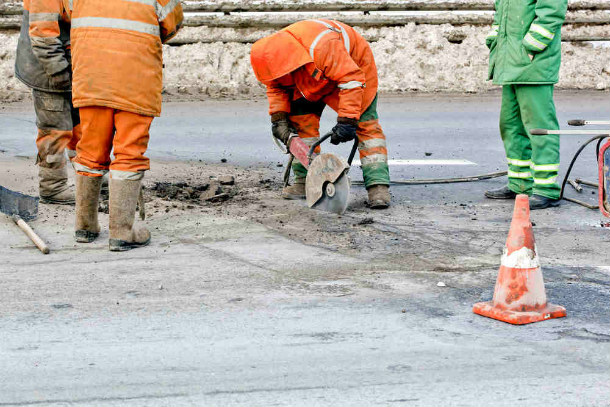
Some places experience sudden and extreme temperature changes. This may be harmful to workers’health.
For instance, freezing temperatures cause the body to tremble and increase the chances for accidents.
In such conditions, dress in layers of clothing and ensure that your head, hands, feet and face are adequately covered. These body parts are the most prone to frostbite.
Employers should install on-site heating devices during winter and at times when temperature is very low.
For a hot working environment, wear loose-fitting garments and take frequent breaks in a cool rest area. Also get plenty of fluids, particularly water, to curb dehydration.
Employers, on the other hand, should ensure that there is adequate ventilation and airflow in the area.
RELATED: Work Safety Gear for Concrete Cutters and Drillers
-
Keep the workplace tidy
A lot of people ignore the importance of a tidy workplace. The problem is, an unkempt workplace with lots of clutter may hide sharp objects that can cause accidents.
Something as simple as a paper on the floor can increase your chances of slipping and hitting your head on a hard object.
That’s why it’s necessary to keep your workplace spick-and-span to avoid any slip-and-trip hazards associated with untidy surroundings. When working on concrete, tidy the spots where you will place your equipment so it won’t get damaged.
-
Regularly inspect company vehicles
Car accidents are often caused by mechanical failure. It could be the brake pads or fluid, or some other part like worn out tires.
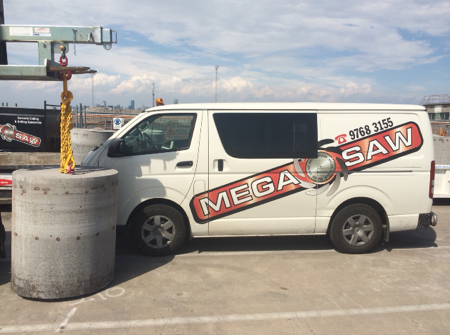
Make sure that all company vehicles are inspected every so often and faulty parts are repaired or replaced.
Check the brake lights, tire pressure, turn signals and quantity of gas in the tank every time you want to use a company vehicle. It is better if employers will hire mechanics to inspect and maintain vehicles that are being used in construction.
-
Participate in emergency drills
Employers often organise emergency drills to prepare workers for unexpected emergencies.
Take part in such drills so you’ll know what to do if an emergency occurs. If one does happen, you will have more confidence and less uncertainty and confusion in what to do.
Examples of emergencies at the workplace are fire outbreaks and robbery attacks.
-
Read and be conversant with the company’s safety guidelines
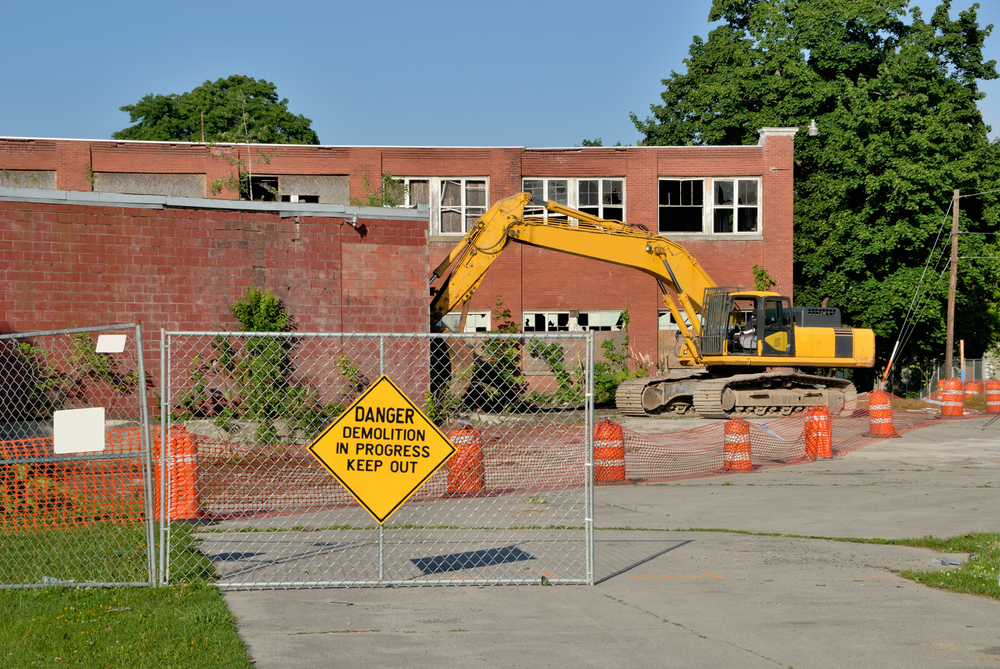
Employers create and post safety guidelines around the company premises and it’s the responsibility of the workers to read and internalise them.
Be sure to take part in a workplace safety program. Employers should also participate in these programs because employees tend to resent programs that do not include their bosses.
RELATED: Necessary Safety Measures in Workplace
-
Beware of inherent risks
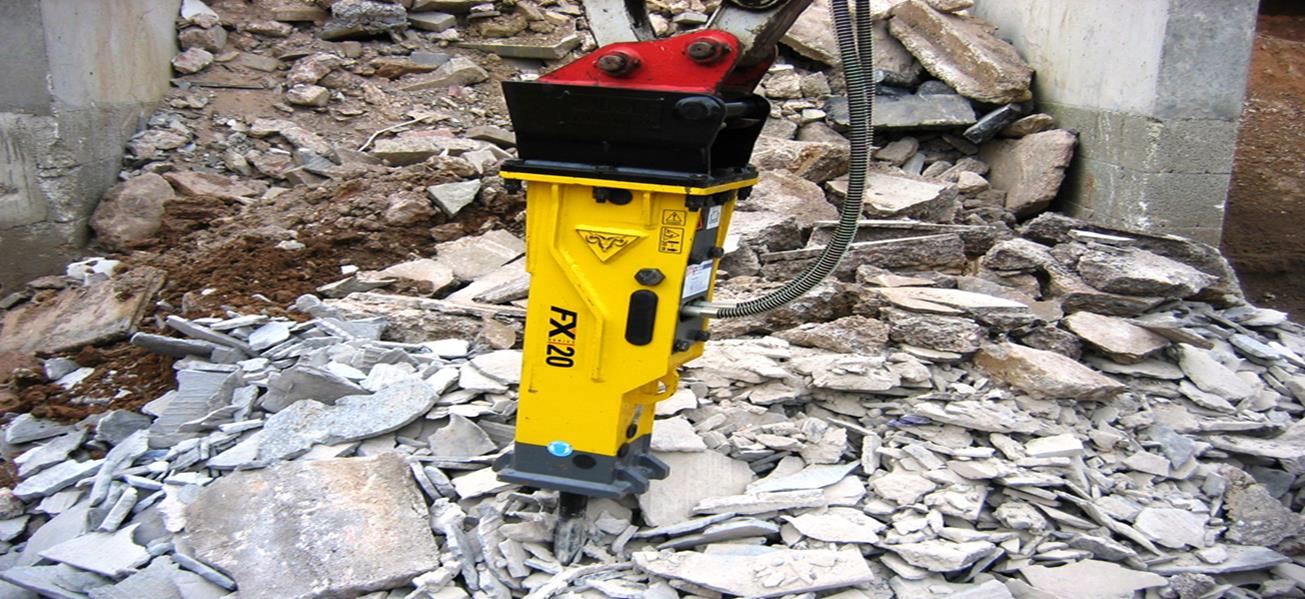
Every job has its inherent risks.
You reduce your chances of being a victim if you are aware of the nature of risk involved. Ask your supervisor about the possible risks you will encounter in doing a certain task.
-
Report possible cause of accidents to the management
Never ignore any warning signs that can cause any accident at work. Instead, call the attention of the management and your fellow employees if you think workplace conditions increase the risks of an accident to occur.
For instance, if the stairwell seems to want to give way, promptly let the relevant authority know about it and have it fixed. Most accidents happen because even though workers see the risks, they do not notify the right people at the right time.
-
Avoid high risk jobs for which you haven’t been trained
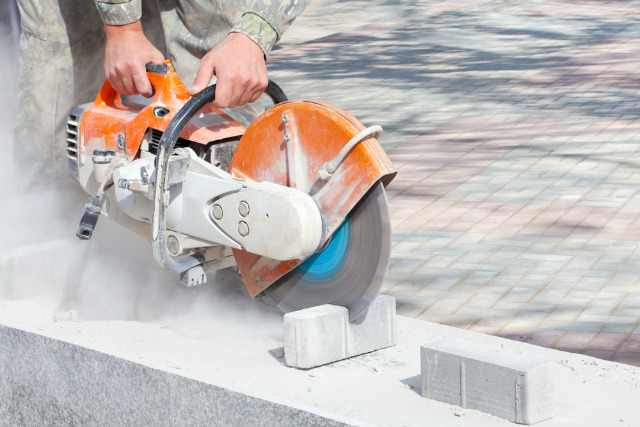
Some people suffer workplace accidents because they lack the requisite training for what they are doing. Performing high-risk jobs for which you have no training exposes not only you to danger but also puts other people at risk.
For example, being an electrical engineer does not permit you to stand in for a structural engineer in a construction project.
Conclusion
It is better to entrust your construction needs and concrete projects to people who are experts in their field. MegaSaw has over 20 years of experience in the industry and staff certainly know how to handle complex concrete cutting, drilling or sawing tasks.
